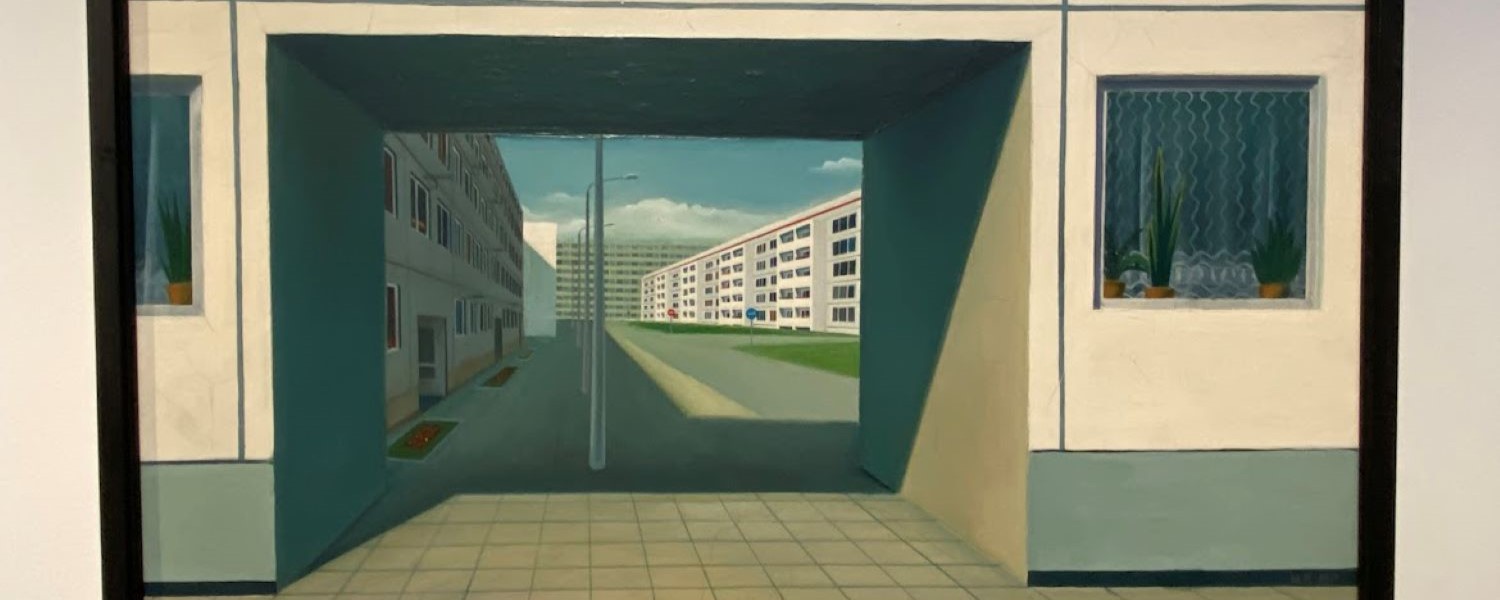
Liverpool is an example of a city which has seen tension between commercial development and its World Heritage Status
by Stephen Lochore
According to a recent talk on Sustainable Development in World Heritage Cities, urban heritage has not been adequately addressed by existing multinational agreements designed to guide approaches to sustainable development. Examples of such agreements include the outputs of the United Nations’ Earth Summit 2012 or 1992’s Local Agenda 21 and the subsequent ‘Aalborg’ Charter of European Sustainable Cities and Towns Towards Sustainability, which over 100 UK local authorities signed.
One possible way forward is to recognise culture as a fourth ‘pillar’ of sustainable development, alongside economic growth, social inclusion and environmental assets. This would help those who plan and implement development strategies to explicitly consider and address the cultural environment, including urban heritage.
Related to this idea is an approach to managing historic areas that considers their social, cultural and economic value as well as their physical and spatial components. According to UNESCO, the historic urban landscape approach:
“seeks to increase the sustainability of planning and design interventions by taking into account the existing built environment, intangible heritage, cultural diversity, socio-economic and environmental factors along with local community values.”
Because the historic urban landscape approach encompasses cultural practices and values, it can help practitioners place urban heritage at the centre of spatial planning.
The event suggested several ways in which heritage and culture can be used as resources for development, rather than being viewed as just something to conserve or maintain.
The most prominent of these is through tourism-led economic development. Cultural heritage tourism is now generally recognised as one of the core components of city-level tourism strategy. However, localities need to balance the benefits of economic growth with any potential impact on heritage sites and local communities, for example through the need to expand infrastructure to cope with more tourists.
Concern about the impact of tourism has stimulated discussion around the notion of sustainable tourism. I find it significant that the conceptual definition provided by the UN World Tourism Organization Network stipulates that sustainable tourism must ensure a “meaningful experience” to the visitor, as this highlights the contribution of heritage and culture, whose assets are sometimes endangered by the impact of tourism.
Culture can also be used as a resource for innovation, by inspiring entrepreneurs to produce new goods and services, and more generally through inducing new ways for us to perceive and experience a place. The conundrum facing city planners is how to simultaneously exploit, conserve and promote urban heritage. Approaches such as the historic urban landscape may help planners incorporate principles of sustainable development into strategy and policy.
Note about the event:
This blog is based on a lecture organised by Architecture and Design Scotland and Glasgow Heritage Trust and held in The Lighthouse, Scotland’s national centre for design and architecture, on 04 Jun 2014. Elene Negussie gave the initial talk, which focused on the world heritage movement and the historic urban landscape approach.
Further reading (you may need to be a member to access some material):
Share
Related Posts
Tackling geographical inequalities is critical for ensuring that all parts of the country have the potential to prosper. When the UK was a member of the European Union, it was entitled to a share of funding from the EU’s structural ....
By Ian Babelon A new-old concept for proximity “Are we there yet?” Parents may patiently nod to their children’s insistent nudges on a 20-minute journey to… somewhere. Quite rightly, researchers have asked: twenty minutes to what? The answer may well ....


